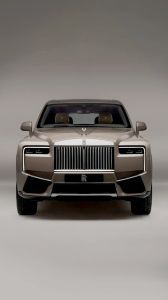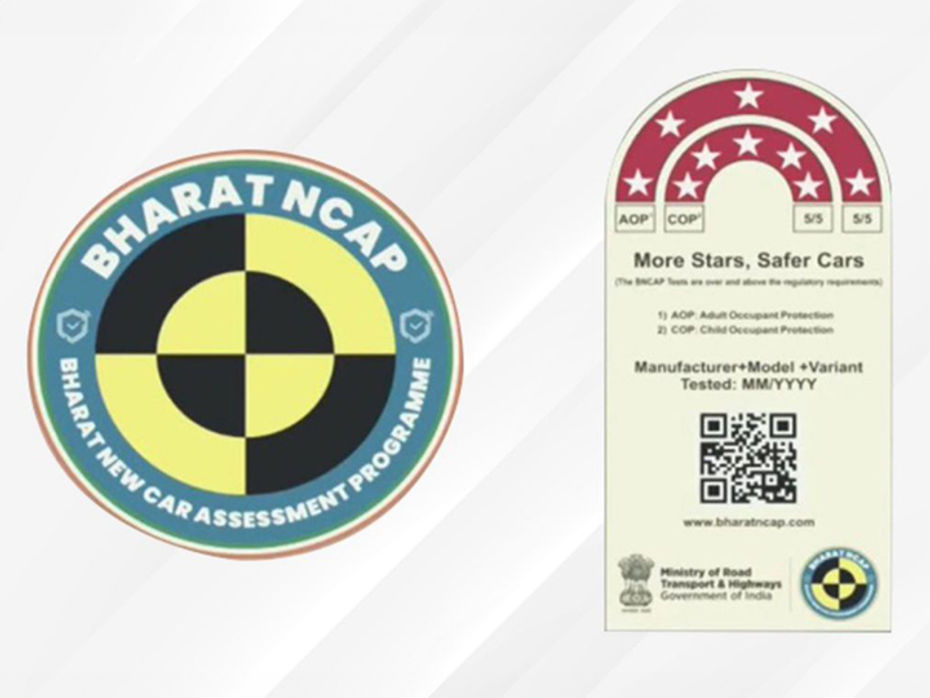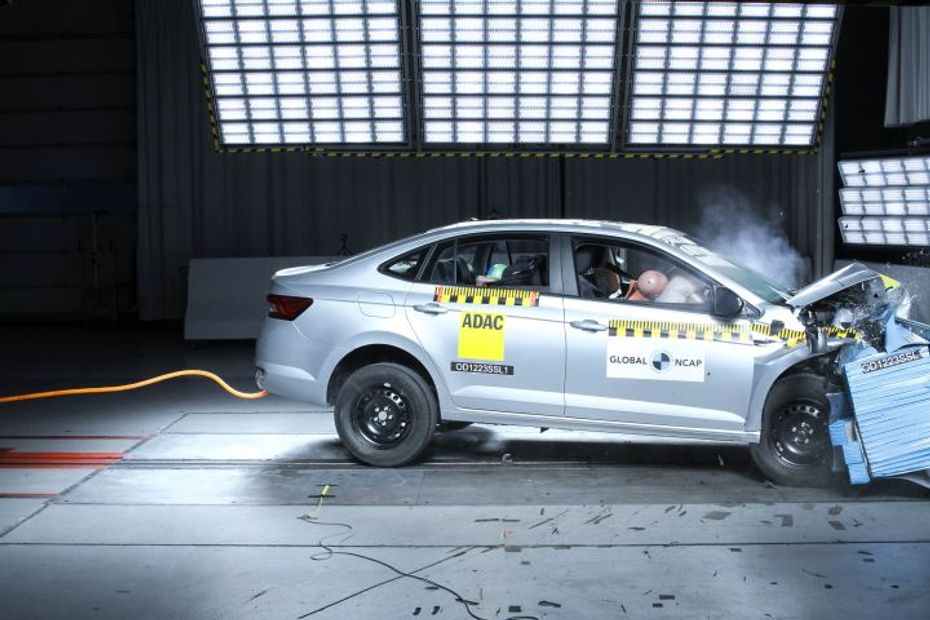Explore all New Cars of 2024
 In Pics: Rolls-Royce Cullinan Facelift Revealed, Retains The V12 Engine
In Pics: Rolls-Royce Cullinan Facelift Revealed, Retains The V12 Engine


India is soon set to get its own new car assessment program (NCAP) for crash test safety ratings. Dubbed as the Bharat NCAP, this safety program will commence for 1 October, 2023. At its announcement led by the Union Minister for Road, Transport and Highways, Nitin Gadkari, the event also touched upon the process that BNCAP will be following. Here’s that breakdown, explained:

Under the BNCAP, only vehicles belonging to the M1 category with seating capacity of up to 8 occupants (excluding the driver) and gross weight less than 3.5 tons will be tested. Apart from the locally made vehicles, those imported will be eligible as well. In terms of powertrain, CNG and electric vehicles will also be included apart from the petrol and diesel powered units. The test program is based on the AIS-197 standards.

Step 1: Firstly, carmakers will have to put forth a model (voluntarily) for testing in the new protocols.
Step 2: BNCAP authorities will select a base variant by random selection after visiting the manufacturing plant or the dealer yard.
Step 3: OEMs will then send the selected vehicles to the closest test facility. These facilities are existing crash test centres, now working with BNCAP.
Step 4: This is finally when the actual crash tests are conducted, with representatives present from both the OEM and Bharat NCAP to oversee it. The key tests include a frontal offset impact and a side impact, followed by pole side impact and the ESC performance.
Step 5: After the crash tests, the Bharat NCAP Standing Committee will give the approval to share the compiled results with the OEM. All vehicles will be awarded a star rating between 1 and 5 stars (5 being the highest). The agency will consider adult and child occupant protection along with safety assist features in the cars.
Step 6: Once the approval is given for the scores, the star rating will be revealed and the results published. The tested model will get a certificate by Central Institute for Road Transport (CIRL). Further, each vehicle will get a Bharat NCAP logo and sticker with its BNCAP rating, much like the energy efficiency stickers seen on household appliances.

the automobile community
The BNCAP has also set out the overall qualifiers for a higher star rating. For instance, to achieve a rating of 3, 4 or 5 stars, the vehicle must pass the side pole test, have electronic stability control and include seat belt reminders for the front row. Meanwhile, pedestrian protection is mandatory for all star ratings.
The final star rating will be awarded based on the scores of the Adult Occupant Protection (AOP) and Child Occupant Protection (COP). The minimum scores for each star are mentioned below:
|
Star Rating |
AOP Points Scored |
COP Points Scored |
|
⭐️ |
4 |
9 |
|
⭐️⭐️ |
10 |
18 |
|
⭐️⭐️⭐️ |
16 |
27 |
|
⭐️⭐️⭐️⭐️ |
22 |
35 |
|
⭐️⭐️⭐️⭐️⭐️ |
27 |
41 |
The BNCAP is a move towards the right direction for safer cars in India. It will not only make buyers aware of the cars they purchase but also incentivise carmakers to offer safer models. At the end of the day, a safer car will lead to lesser fatalities and reduce the overall risk of accidents on the road.
India's largest automotive community